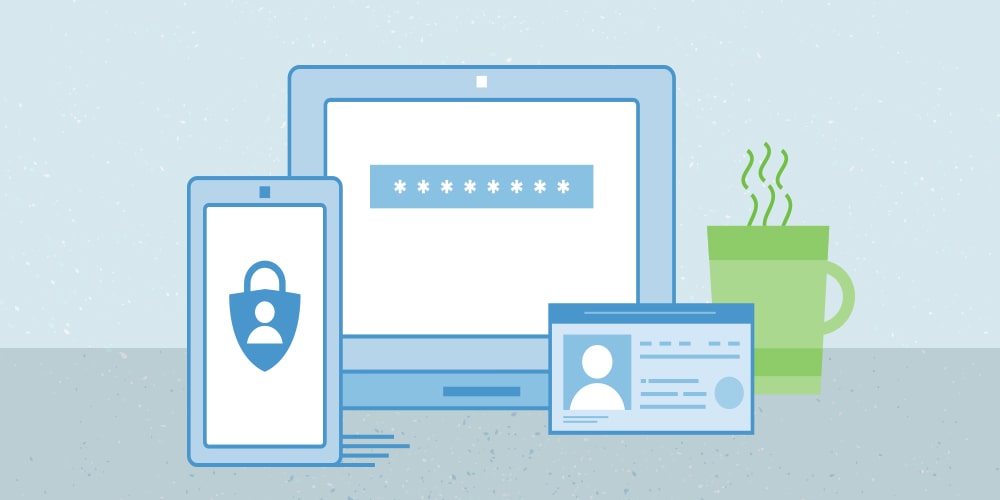Keeping your personal information protected is important for any online activity you do—especially your banking. As a financial institution, Servus is always working to implement measures, including technology, to help safeguard your personal and financial information. That’s why we’ve introduced two-step authentication to protect your accounts.
If you’re unfamiliar with two-step authentication, or have questions about how to use it, read on to understand how this technology can help you feel good about the security of your information.
What is two-step authentication?
You may have heard two-step authentication also referred to as dual-factor authentication or two-step verification, but these terms all essentially mean the same thing. It’s a security process where users (like you) provide two different authentication factors to verify their identity when signing into various online accounts or applications.
Two-step authentication adds an extra layer of security on top of the basic single-step method, where you’d only use a password to verify a sign in. So, in addition to entering the correct password, you need to provide another factor (like a numerical code) before you’re able to perform certain types of actions.
Types of authentication factors
You may already be familiar with two-step authentication and different authentication factors without realizing it. Maybe your smart phone is protected with both a passcode and touch or face ID. Or your social media accounts might be set up to verify you by sending SMS (text) messages with a special code when you sign in on a new device. Those are all authentication factors.
There are five types of authentication factors:
- Knowledge factor: something you know, like a password or a PIN
- Possession factor: something you have, such as a smart phone or authenticator app that gives you a security code
- Inherence factor: something inherent to you physically like a fingerprint (also called biometric factor)
- Location factor: tied to the geographic location of the authentication attempts based on your IP (internet protocol) address or GPS
- Time factor: might restrict authentication to a certain window of time
Each of these factors falls into one of three categories: something you know, something you have or something you are. The principle of two-step verification is using authentication factors from at least two of these three categories, which is what gives the added protection.
How Servus two-step authentication works
Servus’s two-step authentication process includes knowledge and possession factors: your unique online/mobile banking password and identity confirmation through a smart device using Google Authenticator (available for iOS or Android — search for Google Authenticator on your mobile device or tablet). Confirmation through the app will be the second authentication step you’ll need to provide to verify your identity going forward.
After activating two-step authentication, you may be prompted to confirm your identity using Google Authenticator when you perform certain types of transactions, such as higher limit Interac e-Transfers®. This extra step makes it harder for unauthorized users to misuse your account in the event your credentials are compromised.
Our Member Contact Centre can also use it to more quickly verify they are speaking to you when you call in for help.
Setting up two-step authentication on your Servus accounts
Two-step authentication is currently available for personal online banking for Servus members. You can enhance your online account security in a few simple steps.
When you are invited to enhance your security credentials, please take a few minutes to do so.
Learn more about the measures Servus has in place to protect your security.


